Radio afterglows of Gamma Ray Bursts
|
Since the launch of Swift, several hundred afterglows have been detected over the last 20 years. While many of the early advances in the field were the result of studying individual GRBs and their afterglows, the field has now matured to the point where much more can be learned from the study of large samples. While the comparative studies are carried out in depth in optical and X-ray bands, very little effort has gone into compiling radio afterglow data and carrying out correlative studies. We have carried out a statistical analysis of radio afterglow observations of gamma-ray bursts (GRBs) over a 14 year period from 1997 to 2011. Our sample of 304 afterglows consists of 2995 flux density measurements (including upper limits) at frequencies between 0.6 GHz and 660 GHz, with the majority of data taken at 8.5 GHz frequency band (1539 measurements). We find that the detection rate of radio afterglows has stayed unchanged almost at 31% before and after the launch of the Swift satellite. This is markedly different than the factor-of-two increase in the detection probability of optical and X-ray afterglow post-Swift. |

|
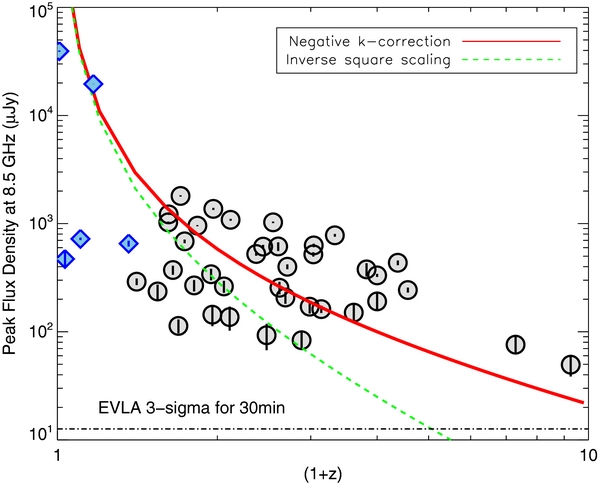
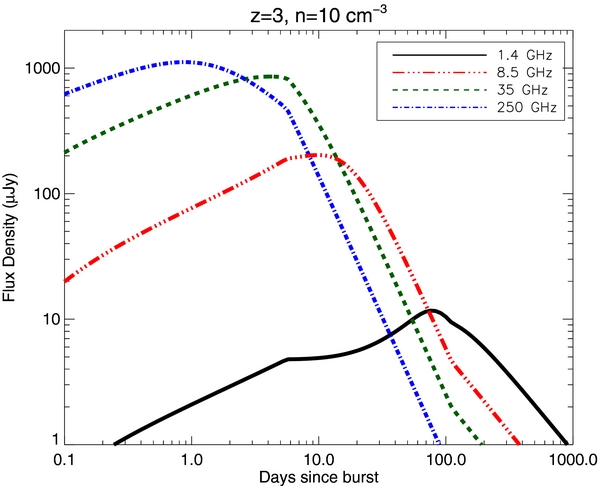
|
We have investigated the high energy and non-radio afterglow properties for our sample. We find that the distribution of gamma-ray fluence, duration, energy, and optical/X-ray flux densities for the 304 GRBs in our sample is not dissimilar to those from previous studies. We find that owing to a negative k-correction, radio afterglows are rather insensitive to redshift, but we show that the mean radio flux density of high-redshift GRBs is close to the sensitivity limit of a typical observation made with existing instruments. We have examined the observed GRB and afterglow parameters for the radio sample and we found that the radio-detected GRBs had higher fluences, larger energies, and brighter X-ray and optical fluxes on average, compared to radio non-detections. There is evidently a statistical relationship between the detectability of a radio afterglow and these properties. Further correlations were explored between the peak radio flux density and gamma-ray fluence, optical flux density and X-ray flux density. The only significant correlation that was found was between the peak radio flux density and the optical flux density at 11 hr. We also ran simulations to create synthetic light curves. These show that EVLA Ka band (26-40 GHz) and ALMA mm/submm bands are the most favorable bands for radio afterglow studies. We also show that the cm radio afterglow emission will be the brightest for circumburst densities between n=1 and 10 cgs. Outside of this range, the flux density will be weak either due to a low intrinsic emission strength (at lower densities) or due to increased synchrotron self-absorption (at higher densities). Within this density range there is a simple relationship of increasing strength of the cm radio emission and the fraction of the shock energy in the magnetic field. The synthetic light curves also confirm what is already well established and that is that the radio afterglow flux density is only weakly dependent on redshift at z > 2.5. We also make predictions at mm/submm wavelengths, showing that ALMA should be able to detect most afterglows assuming typical parameters. The synchrotron self-absorption effect does not play a major role in the mm/submm bands, and thus ALMA should be able to detect afterglows very early on. ALMA should be able to provide a true distribution of the mm/submm afterglows, which is not well known. With an order of magnitude of continuum sensitivity of EVLA and two-orders-of-magnitude sensitivity of ALMA, EVLA and ALMA will dominate GRB afterglow studies in the future. These telescopes are expected to increase the temporal phase space and the redshift space over which GRBs can be observed. |
Click in boxes below to see some highlights of our research work.
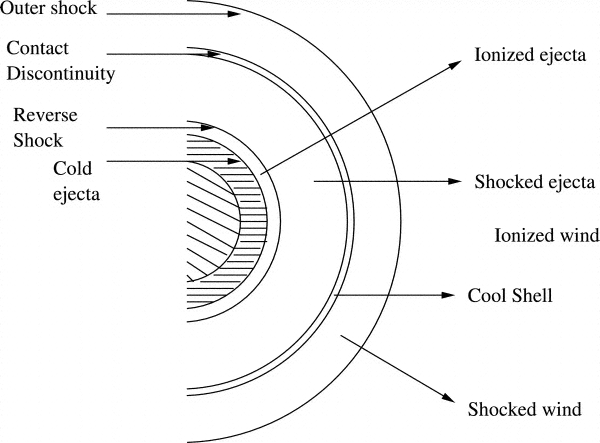
Type IIn supernovae are the most mysterious class of supernovae. Their progenitor stars are a big mystery....
Detail
While reverse shocks are seen in one every 24 optical afterglows of gamma ray bursts, they are much more prevalent in radio afterglows...
Detail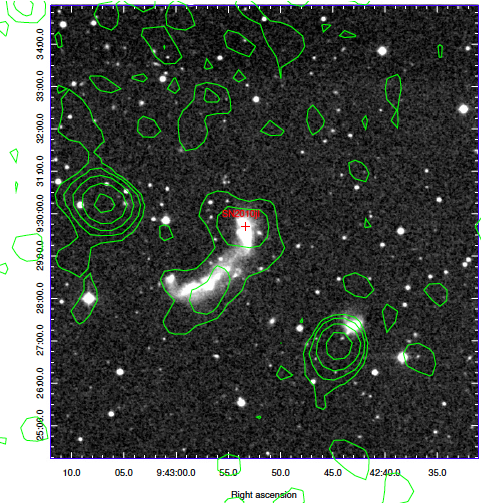
SN 2010jl have revealed a spectacular evolution of the column density from X-ray observations....
Detail
We have studied a catalog of radio afterglow observations of GRBs over a 14 year period from 1997 to 2011...
Detail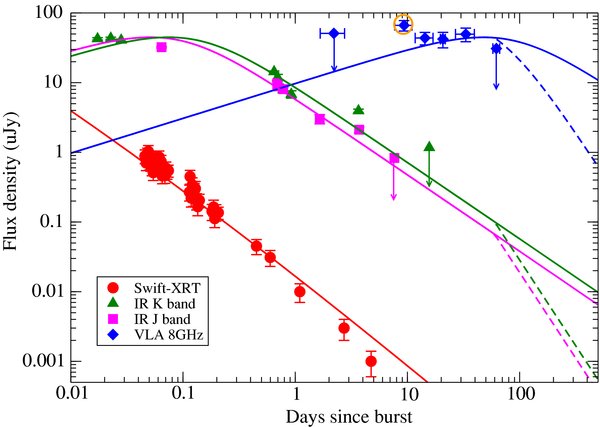
Radio detection of a redshift 8.3 GRB 090423 have revealed the environments of the Universe at such high redshift epochs...
Detail
Inverse Compton scattering can solve the famous mystery of lack of achromatic jet breaks in a subsample of Swift bursts....
Detail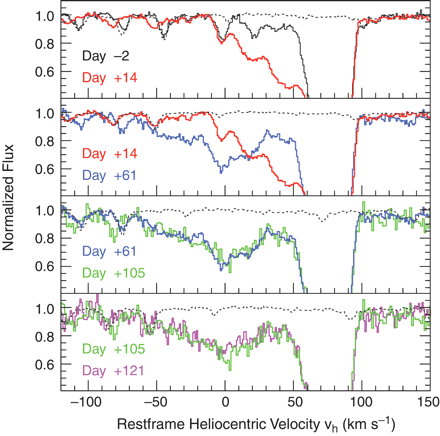
First time spectroscopic evidence of circumstellar matter has been seen in a thermonuclear supernova...
Detail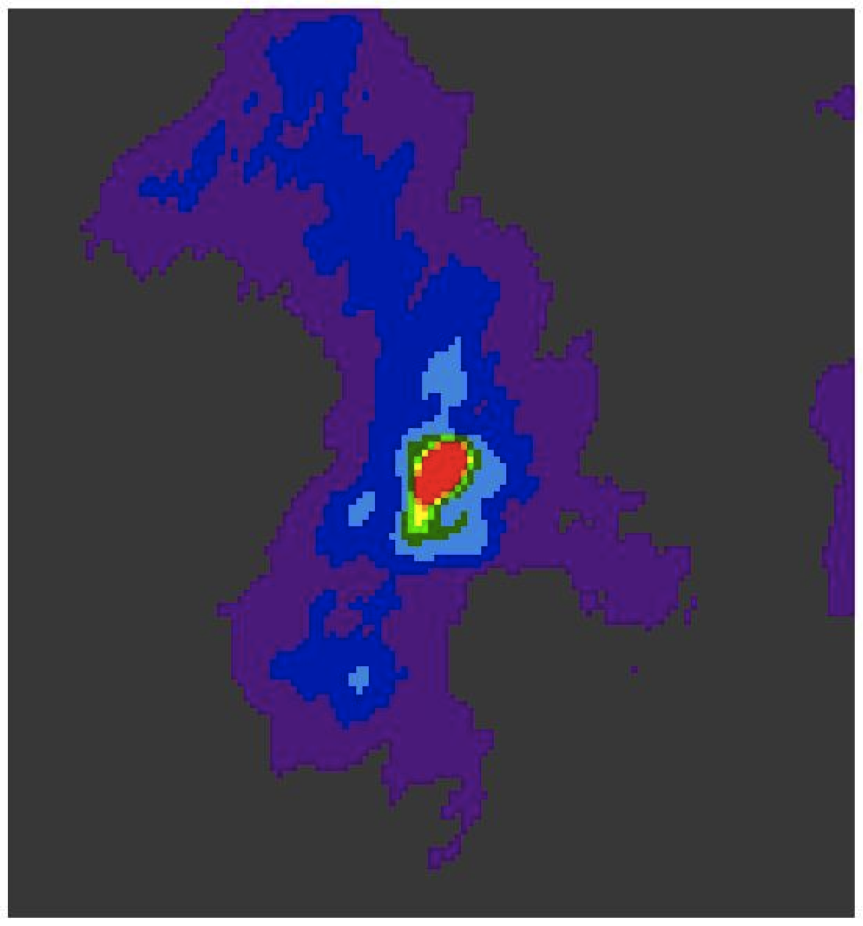
Lowest frequency radio emission at 125 cm has been seen in this most violent Galactic explosion .....
Detail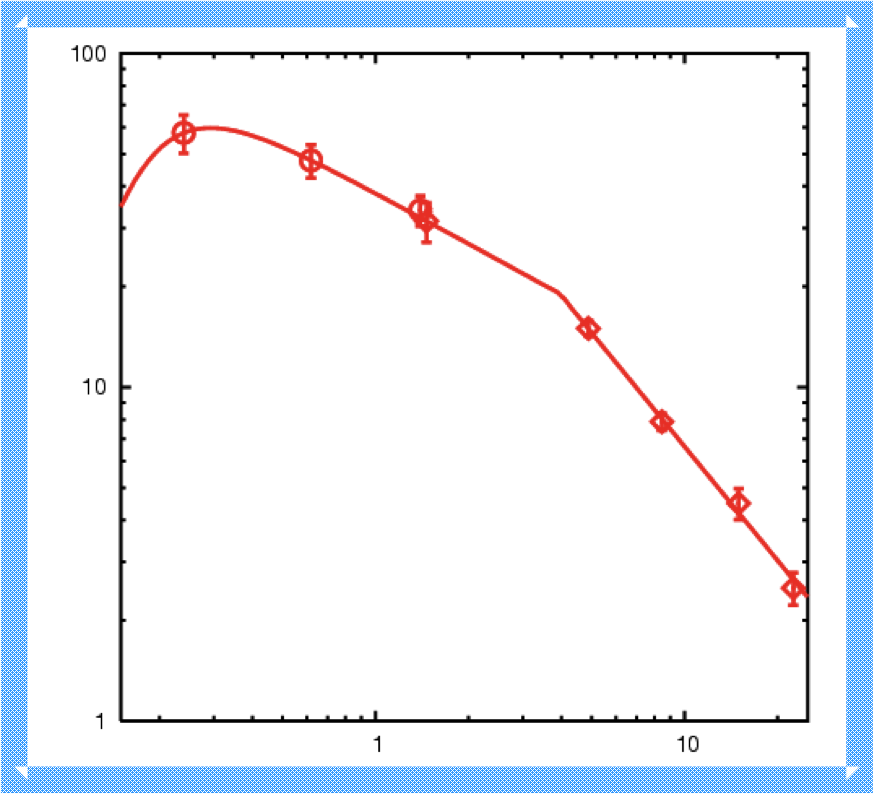
First time direct signature of synchrotron aging was seen in VLA and GMRT observations of SN 1993J.
Detail
